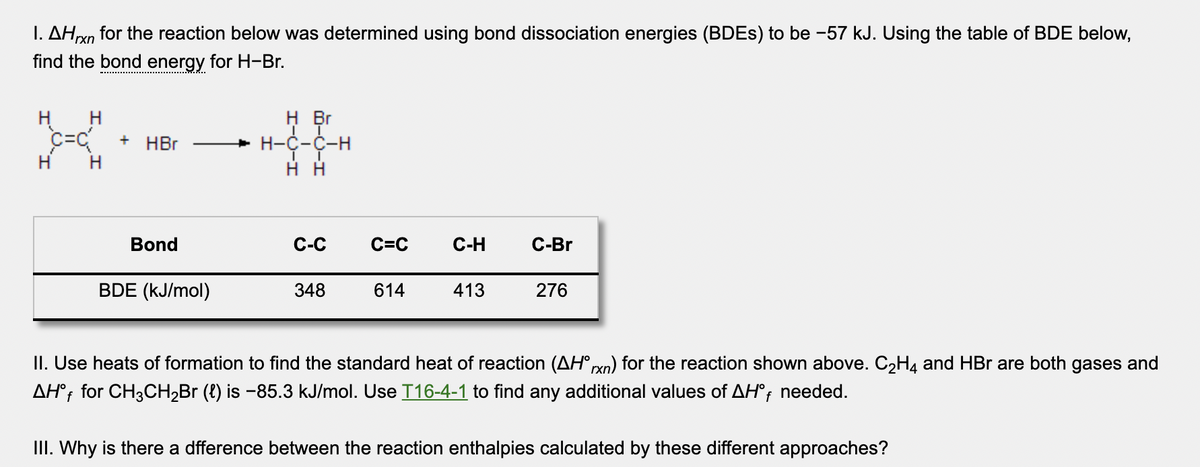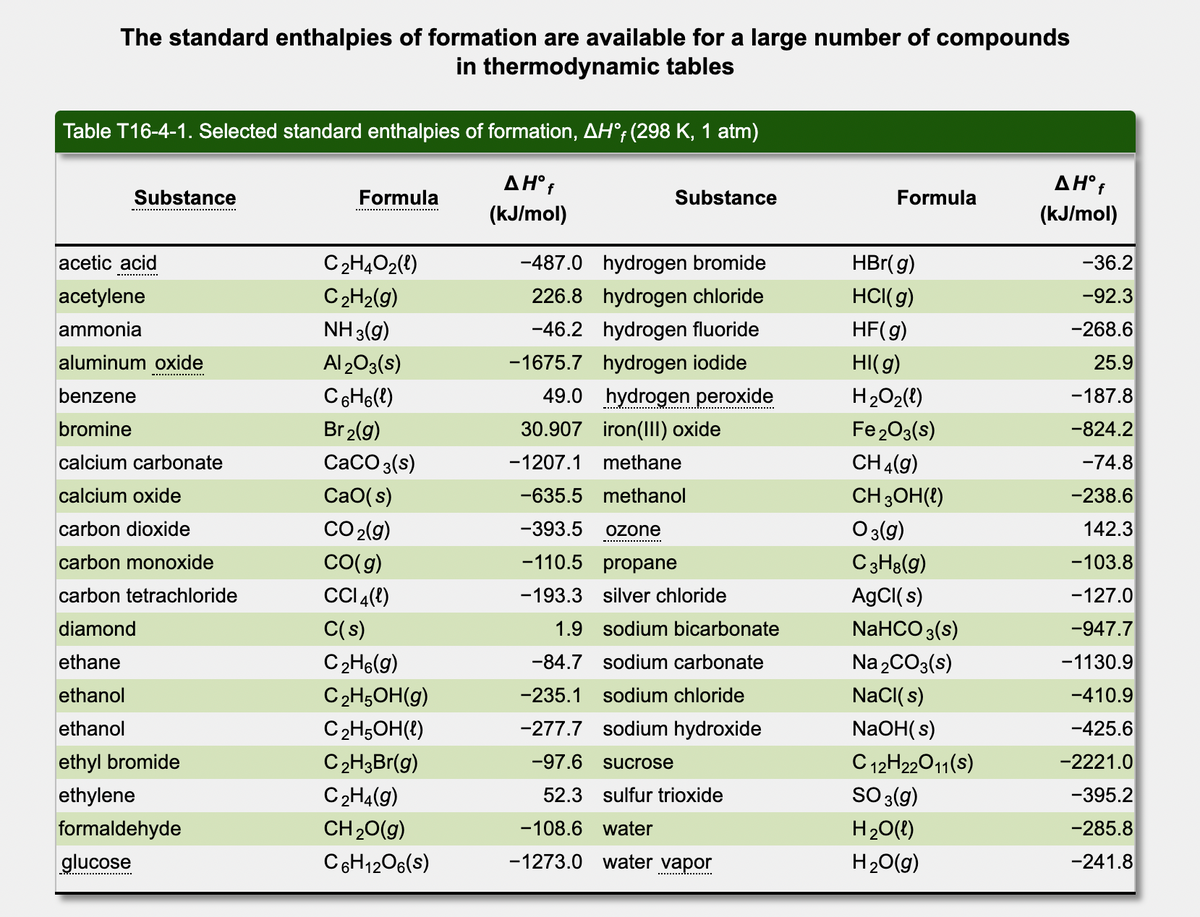I. AHxn for the reaction below was determined using bond dissociation energies (BDES) to be -57 kJ. Using the table of BDE below, find the bond energy for H-Br. H C=C H H Br Н-С-ҫ-н + HBr H Bond С-С C=C C-H C-Br BDE (kJ/mol) 348 614 413 276 II. Use heats of formation to find the standard heat of reaction (AH°xn) for the reaction shown above. C2H4 and HBr are both gases and AH°; for CH3CH,Br (8) is -85.3 kJ/mol. Use T16-4-1 to find any additional values of AH°; needed.
Types of Chemical Bonds
The attractive force which has the ability of holding various constituent elements like atoms, ions, molecules, etc. together in different chemical species is termed as a chemical bond. Chemical compounds are dependent on the strength of chemical bonds between its constituents. Stronger the chemical bond, more will be the stability in the chemical compounds. Hence, it can be said that bonding defines the stability of chemical compounds.
Polarizability In Organic Chemistry
Polarizability refers to the ability of an atom/molecule to distort the electron cloud of neighboring species towards itself and the process of distortion of electron cloud is known as polarization.
Coordinate Covalent Bonds
A coordinate covalent bond is also known as a dative bond, which is a type of covalent bond. It is formed between two atoms, where the two electrons required to form the bond come from the same atom resulting in a semi-polar bond. The study of coordinate covalent bond or dative bond is important to know about the special type of bonding that leads to different properties. Since covalent compounds are non-polar whereas coordinate bonds results always in polar compounds due to charge separation.
Could you please answer number 2 and 3


Trending now
This is a popular solution!
Step by step
Solved in 2 steps with 2 images


